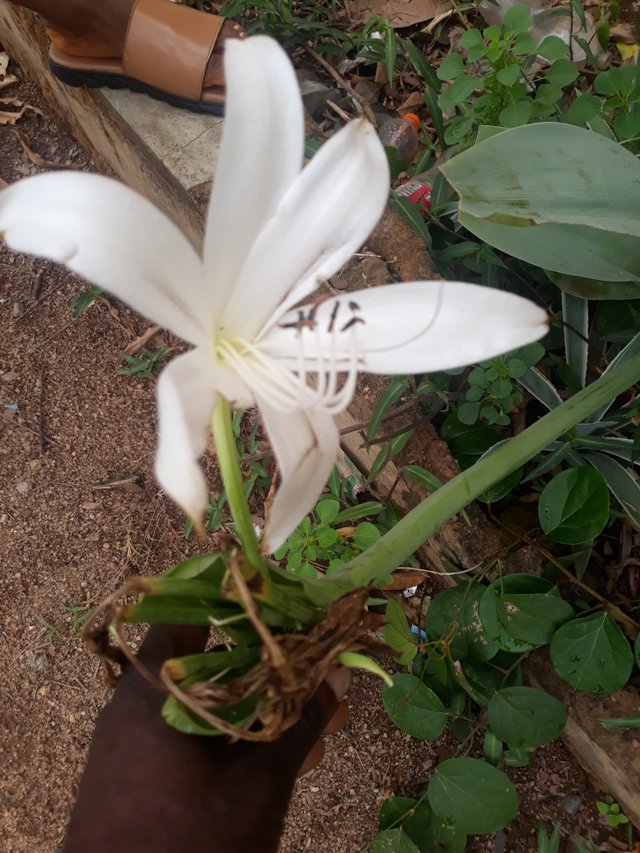@almort
Belladonna Lily Planting Guide
Belladonna Lilies, often referred to as 'Naked Lady Lilies' for their gracefully bare stems, are gorgeous summer bloomers that produce multiple fragrant flowers on each impressive stalk. Despite their delicate appearance, these blushing beauties are remarkably drought-tolerant and tough once established. They're also resistant to deer and rabbits and highly attractive to pollinators! Learn more about growing and caring for these big South African ladies with this informative planting guide.
Where to Plant
Belladonna Lilies are incredibly drought-tolerant plants that thrive in well-draining soil with full sun.
For outdoor landscape planting, select a location with good soil drainage. If you notice that water still puddles 5 to 6 hours after a hard rain, it's best to find a different spot or amend the soil with organic matter to improve drainage.
For outdoor container growing, choose a large container with adequate drainage holes and good quality, well-drained soil.
When to Plant
Plant your Belladonna Lilies in the spring or fall, depending on your unique climate and the presence of frost. Many enjoy planting them from March to April in outdoor garden beds. You can expect blooms from these tough charmers to arrive in late summer to early fall.
How to Plant
For outdoor landscape planting, find a location where the soil drains well, and your bulbs will receive full sun. Dig holes and plant the teardrop-shaped bulbs 12" apart with pointed tips just at the soil surface. Belladonna Lilies are most attractive in the landscape when planted en masse.
For container planting, obtain a large container, site in full sun, and fill it with good quality, well-drained soil. Dig holes and plant the teardrop-shaped bulbs 7–8" apart with pointed tips just at the soil surface. For a striking display, plant low-growing or trailing plants like bacopa or calibrachoa around the bulbs so that the leafless flower stems will emerge and bloom above them.
Water thoroughly after planting to settle the soil around the bulbs.
How to Grow
Water as needed when foliage begins to emerge in the spring and through the blooming period in late summer/early autumn. About 1" of water per week is a reasonable estimate. These drought-resistant beauties require very little water to thrive.
Expect foliage to appear in the spring. Long, strappy leaves will absorb sunlight to create food for the bulb through photosynthesis.
Remove foliage as it turns yellow and dies back in the summer. Leafless flower stems will follow in late summer or early fall (hence the nickname ‘Naked Ladies’).
Withhold water once the flowers fade and the bulbs enter a dormant state.
Belladonna Lily Tips & Tricks
Snip a few of these bright blooms during the active growth period for stunning arrangements. Don’t worry—this won’t hurt your plants!
Amend soil with compost, finely ground bark, or composted manure as needed to avoid water-logging your plant.
Avoid dividing your Belladonna Lilies unless absolutely necessary, as they perform best when left undisturbed for several years.
Keep in mind that Belladonna Lilies must never sit in waterlogged soil, or they will rot.
Prevent pets from nibbling on the foliage or flowers. Belladonna Lilies are toxic to dogs and cats.
Thanks for checking on my blog


Nice one..🙂